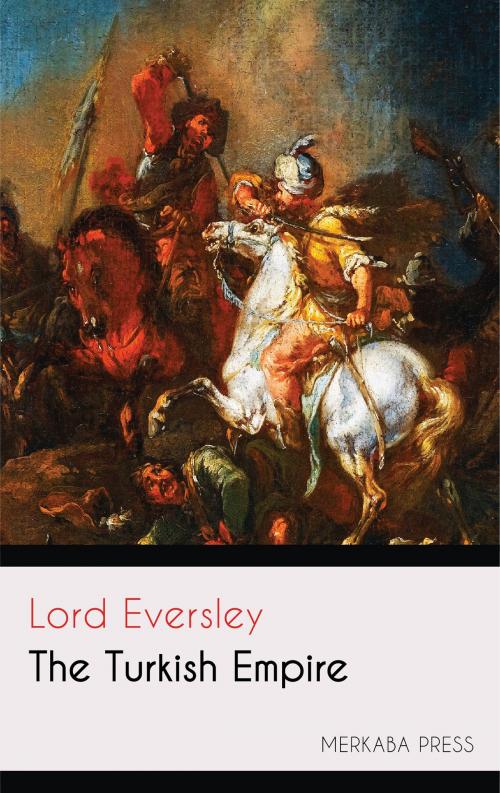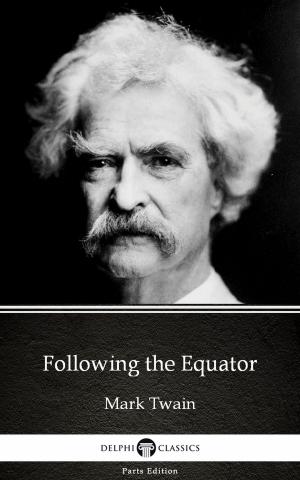| Author: | Lord Eversley | ISBN: | 6610000021819 |
| Publisher: | PublishDrive | Publication: | July 17, 2017 |
| Imprint: | Merkaba Press | Language: | English |
| Author: | Lord Eversley |
| ISBN: | 6610000021819 |
| Publisher: | PublishDrive |
| Publication: | July 17, 2017 |
| Imprint: | Merkaba Press |
| Language: | English |
Towards the middle of the thirteenth century a small band or tribe of nomad Turks migrated from Khorassan, in Central Asia, into Asia Minor. They were part of a much larger body, variously estimated at from two to four thousand horsemen, who, with their families, had fled from their homes in Khorassan under Solyman Shah. They had been driven thence by an invading horde of Mongols from farther east. They hoped to find asylum in Asia Minor. They crossed into Armenia and spent some years in the neighbourhood of Erzerum, plundering the natives there. When the wave of Mongols had spent its force, they proposed to return to Khorassan. On reaching the Euphrates River Solyman, when trying, on horseback, to find a ford, was carried away by the current and drowned. This was reckoned as a bad omen by many of his followers. Two of his sons, with a majority of them, either returned to Central Asia or dispersed on the way there.
Two other sons, Ertoghrul and Dundar, with four hundred and twenty families, retraced their course, and after spending some time again near Erzerum, wandered westward into Asia Minor. They came into a country inhabited by a kindred race. Successive waves of Turks from the same district in Central Asia, in the course of the three previous centuries, had made their way into Asia Minor, and had taken forcible possession of the greater part of it. They formed there an Empire, known as that of the Seljukian Turks, with Konia, the ancient Iconium, as its capital. But this Empire, by the middle of the thirteenth century, was in a decadent condition. It was eventually broken up, in part, by assaults of a fresh swarm of invaders from Central Asia; and in part by internal civil strife, fomented by family disputes of succession.
Towards the middle of the thirteenth century a small band or tribe of nomad Turks migrated from Khorassan, in Central Asia, into Asia Minor. They were part of a much larger body, variously estimated at from two to four thousand horsemen, who, with their families, had fled from their homes in Khorassan under Solyman Shah. They had been driven thence by an invading horde of Mongols from farther east. They hoped to find asylum in Asia Minor. They crossed into Armenia and spent some years in the neighbourhood of Erzerum, plundering the natives there. When the wave of Mongols had spent its force, they proposed to return to Khorassan. On reaching the Euphrates River Solyman, when trying, on horseback, to find a ford, was carried away by the current and drowned. This was reckoned as a bad omen by many of his followers. Two of his sons, with a majority of them, either returned to Central Asia or dispersed on the way there.
Two other sons, Ertoghrul and Dundar, with four hundred and twenty families, retraced their course, and after spending some time again near Erzerum, wandered westward into Asia Minor. They came into a country inhabited by a kindred race. Successive waves of Turks from the same district in Central Asia, in the course of the three previous centuries, had made their way into Asia Minor, and had taken forcible possession of the greater part of it. They formed there an Empire, known as that of the Seljukian Turks, with Konia, the ancient Iconium, as its capital. But this Empire, by the middle of the thirteenth century, was in a decadent condition. It was eventually broken up, in part, by assaults of a fresh swarm of invaders from Central Asia; and in part by internal civil strife, fomented by family disputes of succession.















